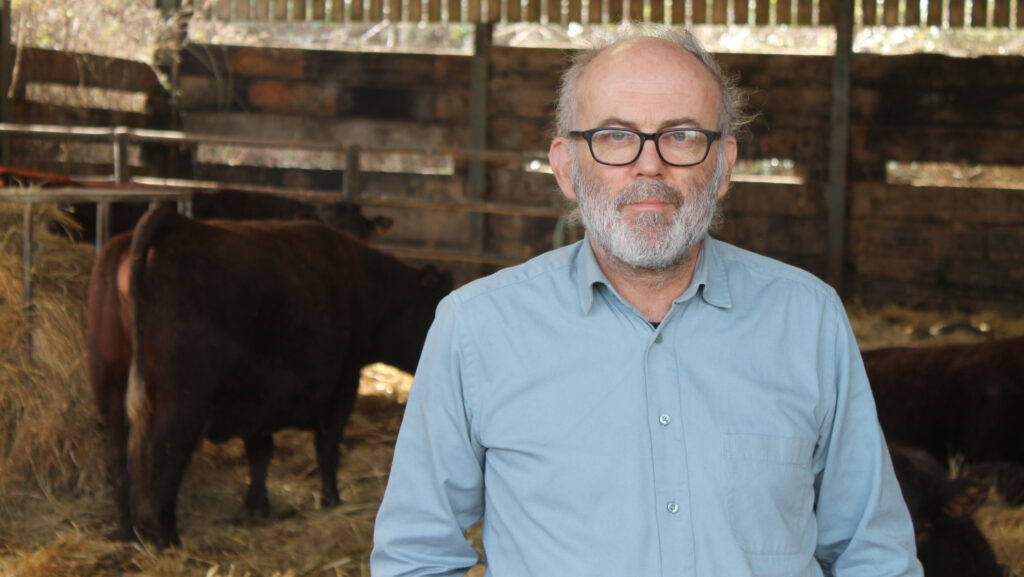Opinion: Combinable cropping area set to drastically shrink
 Stephen Carr © MAG/Philip Clarke
Stephen Carr © MAG/Philip Clarke A growing number of arable producers appear to be throwing in the towel.
As the editor of this journal noted in his leader column recently, an unusually large number of arable kit dispersal sales are taking place across the country this autumn.
If the cost-price squeeze for many growers has become intolerable, might the reason be the poor quality of much of the land currently under cultivation?
See also: Opinion – impossible to believe game is up for my beef farming
For more than 80 years, subsidies of one sort or another have masked the difficulties of cropping poorer quality arable land where costs tend to be higher and yields lower.
My father’s generation picked up big subsidies in the 1950s and 1960s to clear such land from scrub that had been abandoned 30 years earlier, when grain prices hit rock bottom due to cheap imports.
By the 1970s, the UK had joined the EU, and for the next 50 years we benefited from a further series of incentives to encourage grain production.
The most impactful of these schemes was surely the MacSharry reforms of the EU’s Common Agricultural Policy in the 1990s.
This introduced Arable Area Aid (AAA), a series of generous subsidies, which transformed the fortunes of growers who farmed the badlands.
Regardless of crop yields, there were now hectarage payments for each combinable crop type and even a generous payment called set-aside, rewarding farmers handsomely for growing no crop at all.
I bought 400 acres of poor quality land in the 1990s, financing the purchases by ploughing as much of it as I could.
Each hectare of arable land received much more generous subsidy payments than those offered for livestock farming. All my grass leys disappeared.
The full impact of AAA was brought home to me when I was invited to Essex to judge a “best-farmed farm competition” a decade after the subsidy had been introduced.
Arable arable arable
Everywhere I went, I found derelict dairy parlours, abandoned beef sheds and decaying silage clamps.
Essex, it seemed, had completely abandoned its centuries-old tradition of mixed farming and indeed gone AAA – arable arable arable.
AAA, of course, led on to the single farm payment and the Basic Payment Scheme, both of which helped keep arable production on poorer land afloat for the next 20 years.
But now the great, extended arable farming gold rush that ran from 1940 to 2024 is drawing to a close.
Adjusting to this new reality is going to be painful. As many of us as possible will, no doubt, try to scramble onboard the Sustainable Farming Incentive when it is relaunched.
But funding is likely to be limited, so many growers might now face a future more or less completely shut out of subsidies.
The late great farmer, writer and broadcaster John Cherrington, who farmed marginal Grade 3 in Hampshire for 50 years from the 1930s onwards, maintained that if grain import tariffs and subsidy payments were ever withdrawn (precisely what is happening since Brexit), arable production would revert to the best, high-yielding land, in areas like the East Riding of Yorkshire and north-east Scotland.
He predicted this could amount to as much as a two-thirds fall in the hectarage dedicated to combinable cropping in the UK.
As a grower of arable crops on Grade 3 land, I have to hope he was wrong, but he was right about most things.

